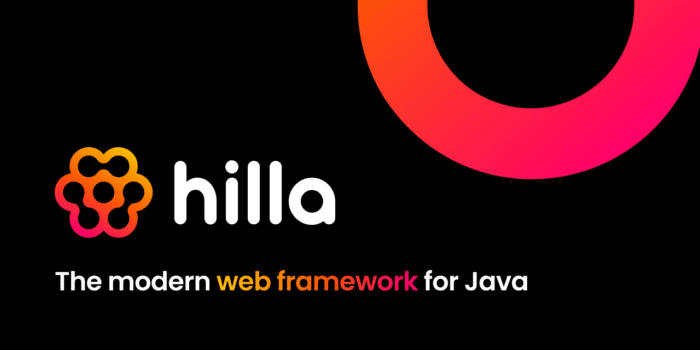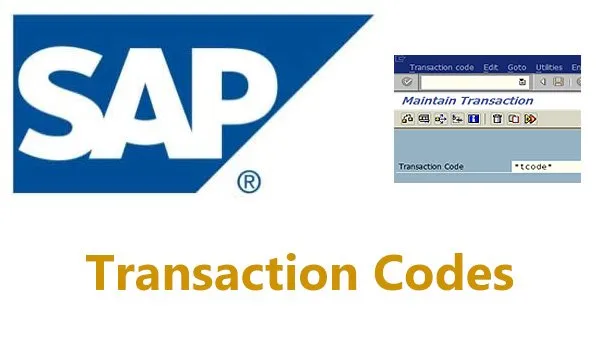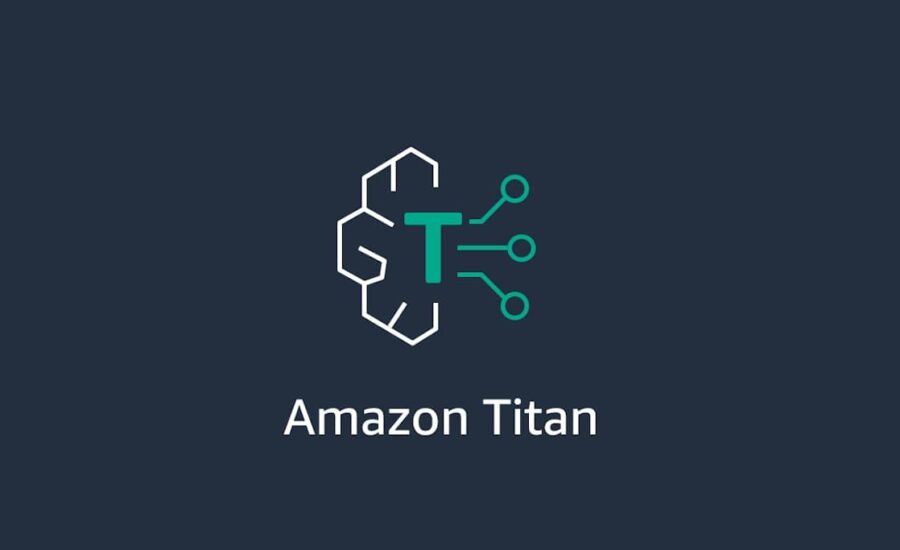Vaadin Hilla is an innovative open-source framework designed to facilitate the development of reactive web applications. It combines the simplicity of traditional Java-based backend development with modern frontend frameworks, delivering a highly productive environment for developers who
- Home
- Author: java
What is Freshchat? Freshchat is a modern messaging platform designed for customer support, sales, and user engagement. It allows businesses to communicate in real-time with website visitors, app users, and customers through live chat, automated bots, and
Domain-Driven Design (DDD) is a software development approach that emphasizes the importance of modeling a software system around the domain of the business it serves. By aligning the software with the business domain, DDD promotes better communication
Introduction Artificial intelligence (AI) has revolutionized the way we develop and interact with software applications. Spring AI, a part of the popular Spring ecosystem, simplifies the integration of AI and machine learning (ML) capabilities into Java-based applications.
Introduction In today's fast-paced digital landscape, businesses face increasingly complex decision-making processes. To stay competitive, organizations require efficient and agile systems that can automate and manage complex business rules. This is where Drools comes into play. In
Understanding Reactive Programming Reactive programming is a programming paradigm that focuses on asynchronous data streams and the propagation of change. It's a declarative style of programming, where you describe what you want to happen, rather than how
Introduction DeepL is widely recognized for its superior translation quality, often outperforming other machine translation services. Developers can integrate DeepL’s powerful translation capabilities into their Java applications, enabling seamless multilingual support for various projects, from websites to
As artificial intelligence (AI) continues to evolve, the demand for easy access to powerful machine learning (ML) models has grown significantly. AWS Bedrock, a new managed service from Amazon Web Services (AWS), addresses this need by making
What are SAP Transaction Codes? In the realm of SAP, transaction codes are essentially shortcuts that allow users to quickly access specific functionalities or applications within the system. These codes are often three to four characters long
Introduction Bedrock is an innovative AI platform developed by Amazon that enables developers to build and deploy machine learning models with ease. With Bedrock, developers can leverage pre-trained models for various tasks, including image generation, natural language




